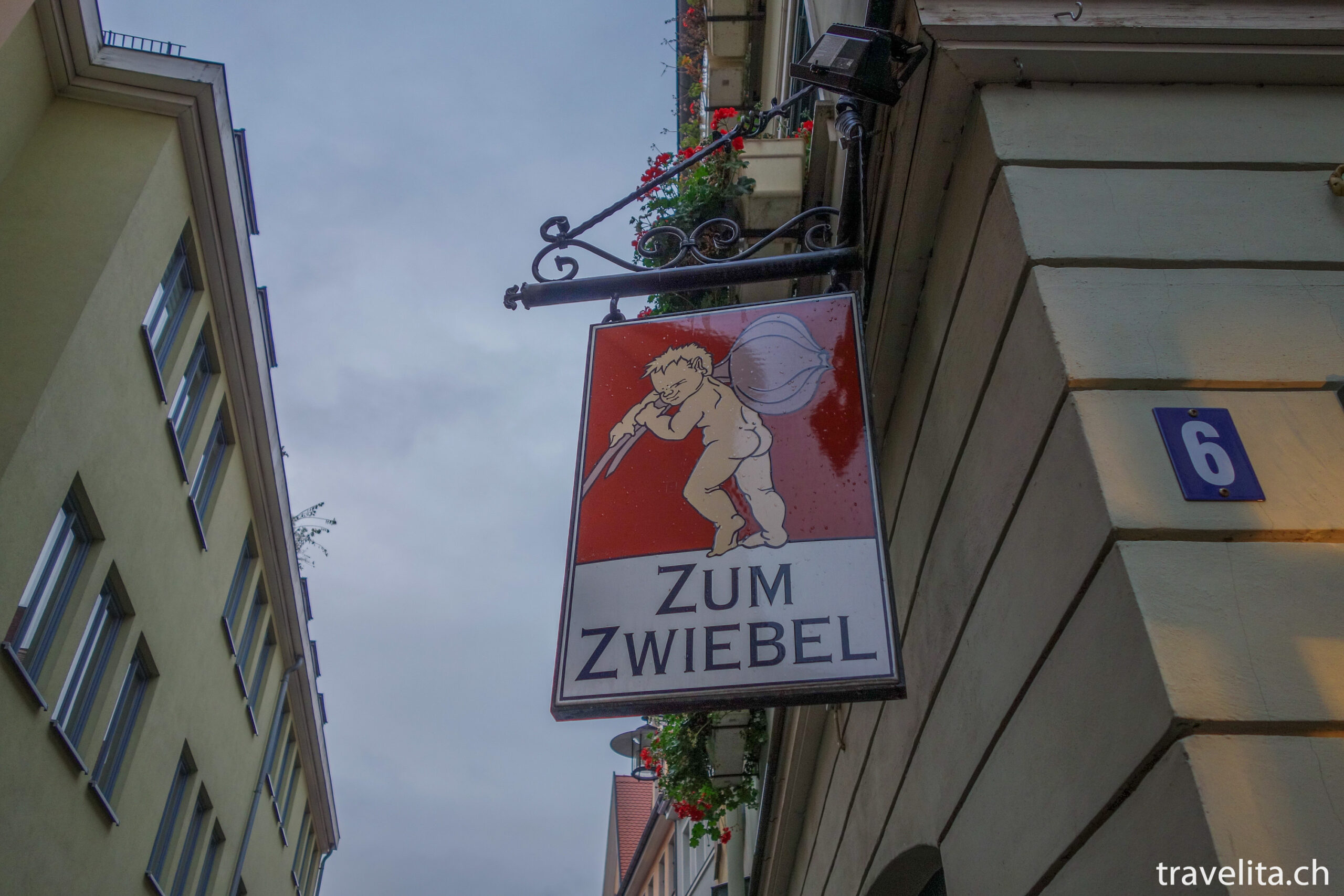
Weimar in onion fever
A clever person finds the best education while travelling – Johann Wolfgang von Goethe
Following Goethe’s wise words, I leave pretty Erfurt behind me to immerse myself further in the diversity of Thuringia. The cultural city of Weimar awaits us. We get on the train, leave the pretty half-timbered houses behind us and reach Weimar less than twenty minutes later, which exudes a completely different flair. On the way to our hotel – the Dorint at Goethepark – I let the passing cityscapes work their magic on me; past stately villas and through beautiful avenues – even the persistent rain can hardly harm the elegance of the city.
When I arrive at the Dorint, I am surprised by a great view of Goethe’s garden. In addition, a beautifully braided onion braid awaits me on the pillow. “Onions?!” you might ask. That’s right, on the second weekend in October, everything in Weimar has revolved around the onion for 360 years. The tradition began in 1653 as a “cattle and zip market”. Today, around 600 stalls attract more than 300,000 visitors to Weimar with culinary delights, traditional festivities and a varied entertainment programme. The otherwise tranquil city is bustling with visitors.
Actually, I should be an expert in this field, because the capital of my home canton – Bern – has a similar tradition. In Bern, the event is called “Zibelemärit” and always takes place on the fourth Monday in November (this year on 25 November). Together, they also have the official launch date. In both Bern and Weimar, the opening will take place at 6 a.m. At this point I would actually like to tell you more about the similarities and differences, but unfortunately I have to confess to my shame that I have never visited the Zibelemärit in Bern at all…
So it’s all the better that I now have the opportunity in Weimar to plunge fully into the turmoil of the onion market. But first, there is a refreshment. In the lobby of the Dorint we get in the mood for the weekend with traditional onion tart. Afterwards we go to the historic Gasthaus zum Weissen Schwan (Frauentorstraße 23), which is located right next to Goethe’s house on Frauenplan. My highlight, in addition to the huge portion of Thuringian dumplings, is the dessert, which is served including a declaration of love by Goethe. What is the declaration of love? That remains my secret ;).
After dinner, a short stroll through Weimar’s alleys follows. However, we reflect on our mission and go to bed early. After all, we don’t want to miss the opening of the onion market – including the onion market queen – at any price the next morning.
Well, unfortunately, sometimes a little clumsy dwarf rules inside me. There is no other way to explain how I manage to set the alarm clock for 6:30 a.m. when we were supposed to meet at 6:00 a.m. in the hotel lobby. But the ultimate thing was that I didn’t realize it even in the morning. I turned off the alarm, got dressed comfortably, and shuffled down to the lobby at around 6:55 a.m. It wasn’t until I was down there, when I looked at the clock and realized that the hand was going to jump from 6:59 a.m. to 7:00 a.m., that I was shocked. To make matters worse, I had claimed the night before that I was a morning person – so much for early bird. But the thing that annoyed me the most was that I actually missed the onion queen. Be that as it may, the will was there, but fate probably wanted me to have another good reason to come to Weimar (and before that I finally visited the Bernese Zibälämärit for comparison purposes). But getting up was still worth it, because I used the time for a walk in the beautiful park on the Ilm.
Although, it’s not a big deal if you miss the opening. Unlike in Bern, the onion market in Weimar lasts a whole three days and so I let myself be carried away by the hustle and bustle on Weimar’s streets and squares in the morning. There is a very special smell in the air – a mixture of onions, mulled wine, market bustle and fun.
The most beautiful stalls are the ones with the colorfully decorated, two-tone onion braids. The panicles are produced and sold by the Heldrung onion farmers. Some stalls also offer the notorious garlic schnapps for sale. Out of consideration for my companion, however, I decline with thanks…
Even Goethe could not escape the magic of onions in his time. If you are out and about on the onion market, you can combine this with a visit to Goethe’s residence on Frauenplan – one of the most important testimonies of the UNESCO World Heritage Site “Classical Weimar” – or to Schiller’s residence on Schillerstrasse. Both houses are now museums and offer exciting insights into the work and life of the two great poets.
If you need a short break from the hustle and bustle of the onion market, I recommend a visit to the Bauhaus Museum on Theaterplatz (this building actually only serves as a “temporary” – a new Bauhaus museum is being planned). Here you will be given an exciting insight into the development of the State Bauhaus at its founding place Weimar.
For architecture fans – like me – it is also a good idea to take part in a Bauhaus walk (information about the walk can be found here) with a student at the Bauhaus University. Our walk starts in front of the main building of the Bauhaus University, which was designed by Henry van de Velde. This is where the Bauhaus was founded in 1919. We get an interesting insight into different rooms in the main building and the teaching building. I am fascinated by how an almost 100-year-old building still corresponds to today’s ideas of “modern”.
Before we plunge back into the hustle and bustle of the onion market after this cultural detour, there is a delicious refreshment in the Alt Weimar restaurant. Here, the portions are much smaller, but a touch more exquisite than in the White Swan. After that, nothing stands in the way of a cheerful onion market night. Even Schiller and Goethe can be found side by side in the middle of the festival-goers.
Practical information:
If, like me, you combine some sights in Thuringia and also like to visit museums, I recommend buying the ThüringenCard. The card is available either for 24 hours (16 euros), 3 days (the days are freely selectable – 36 euros) or 6 days (the days are freely selectable – 56 euros). The map is available including a Merian live Thuringia travel guide.
Note: My visit to Erfurt was supported by Thuringia Tourism – thank you very much for this. As always, my readers can be sure that I always represent my views and enthusiasm here.


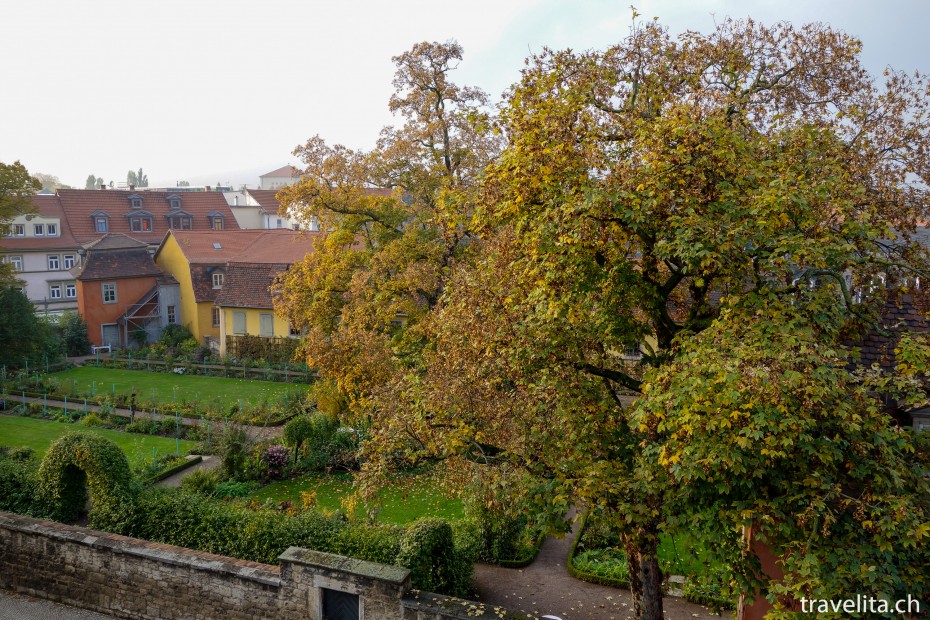
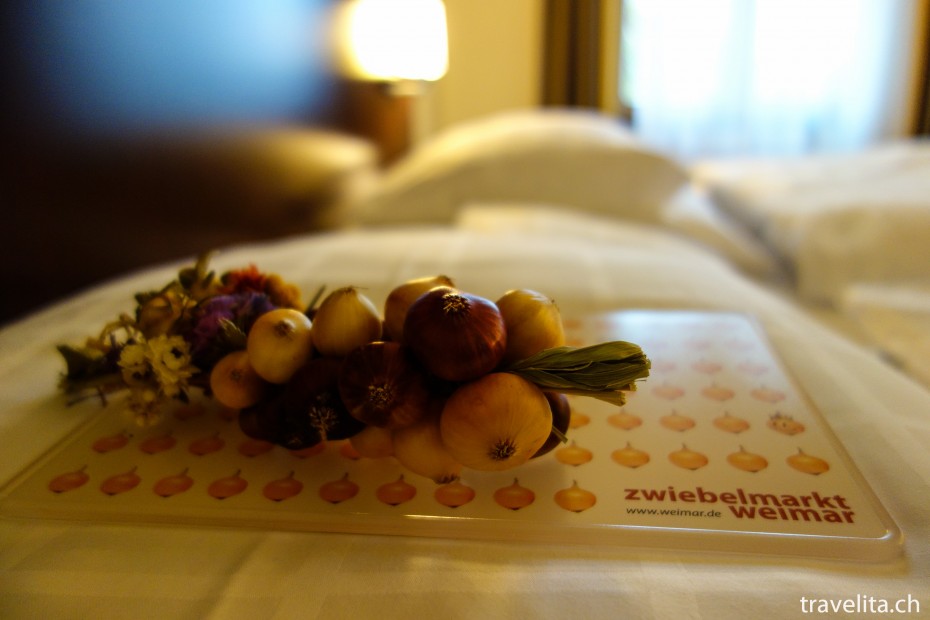
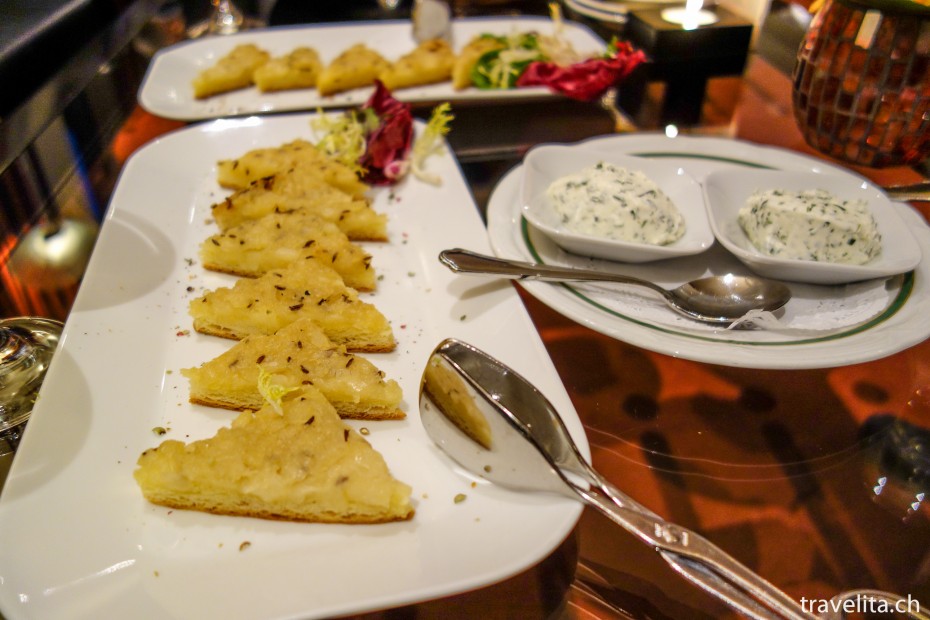

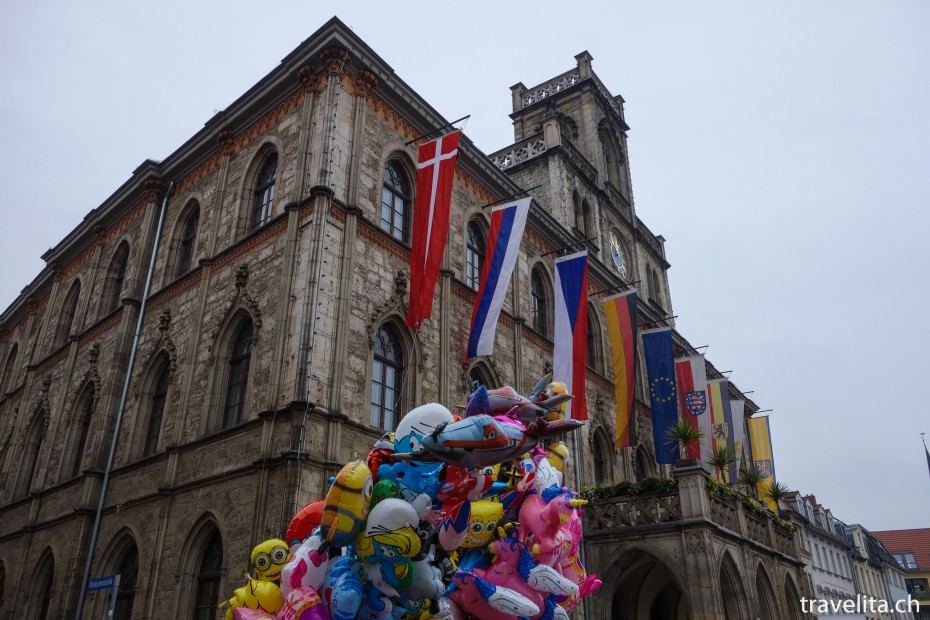
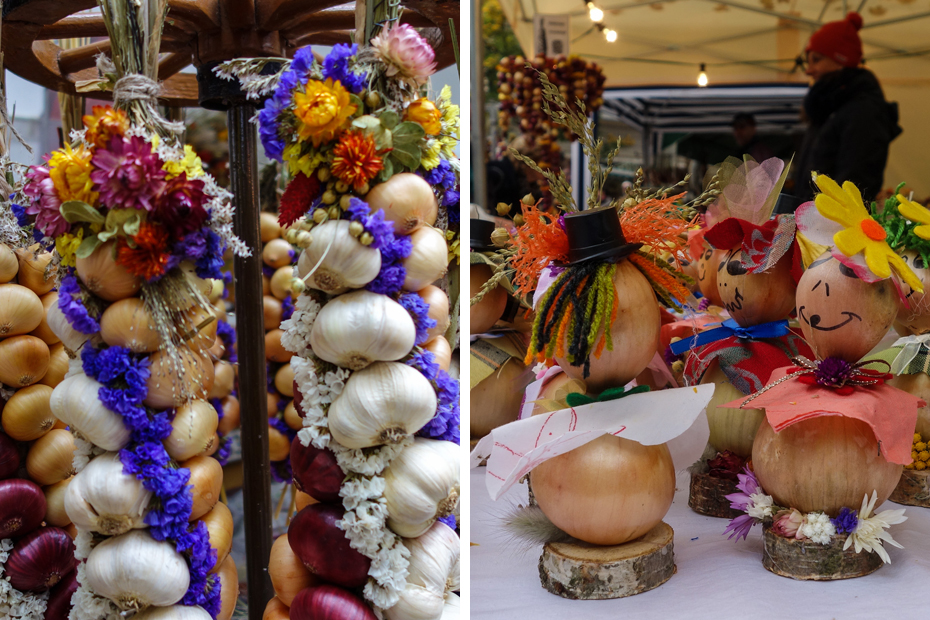
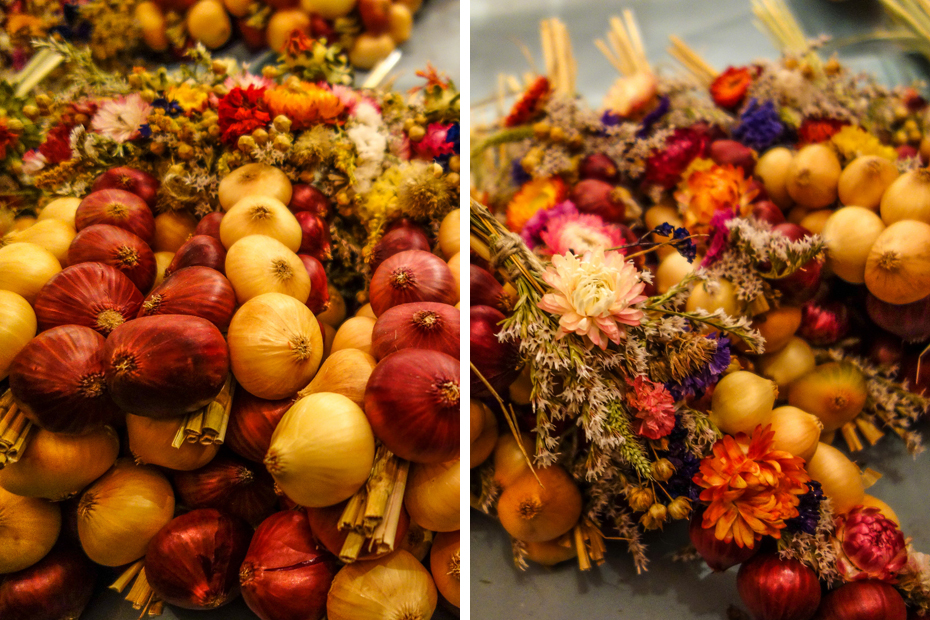
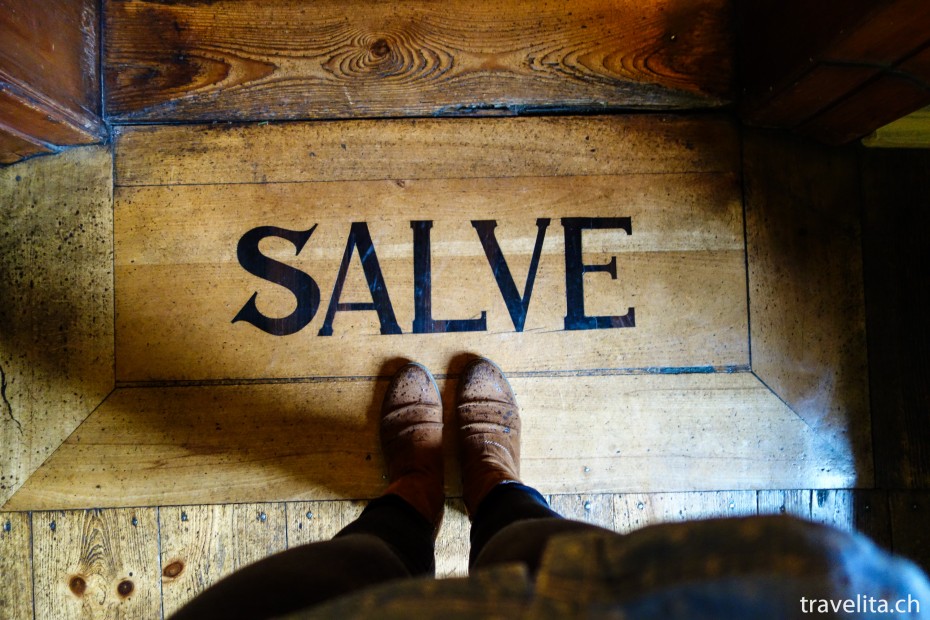

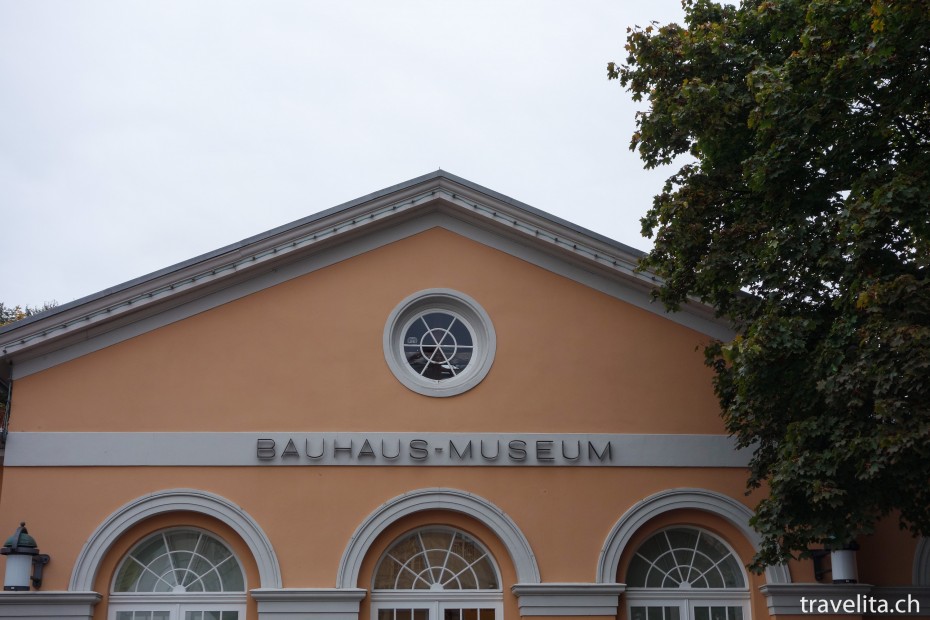
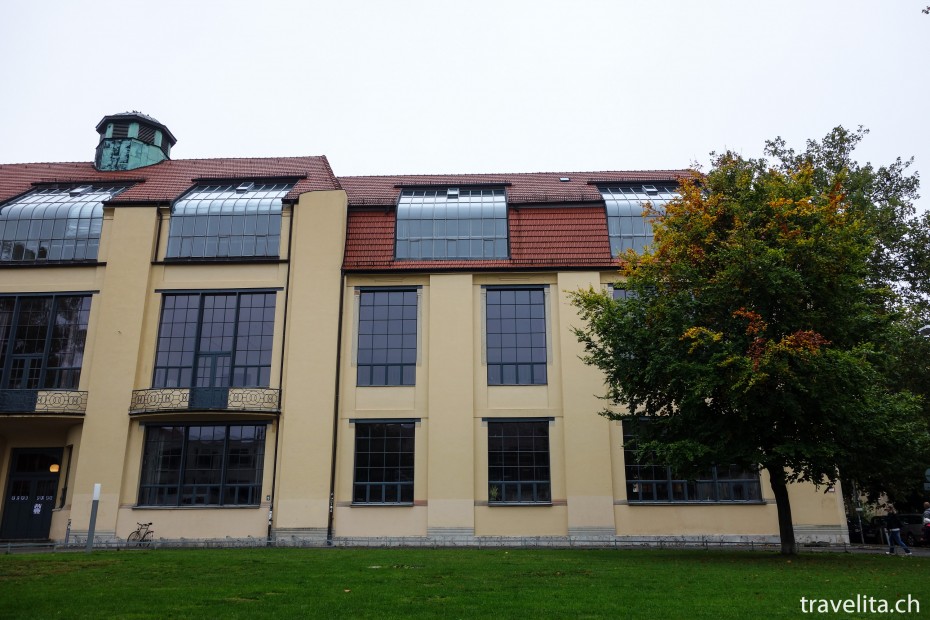
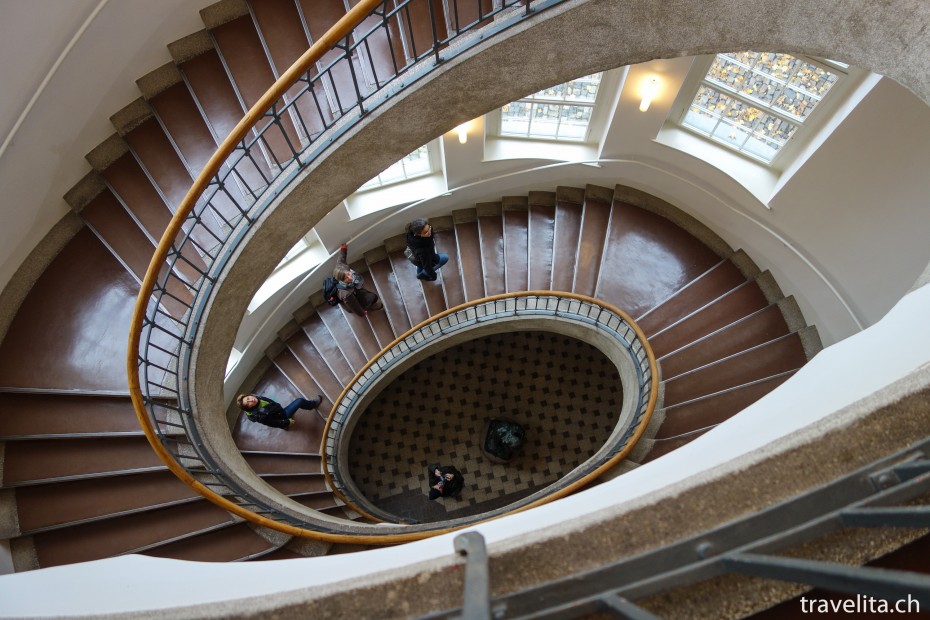
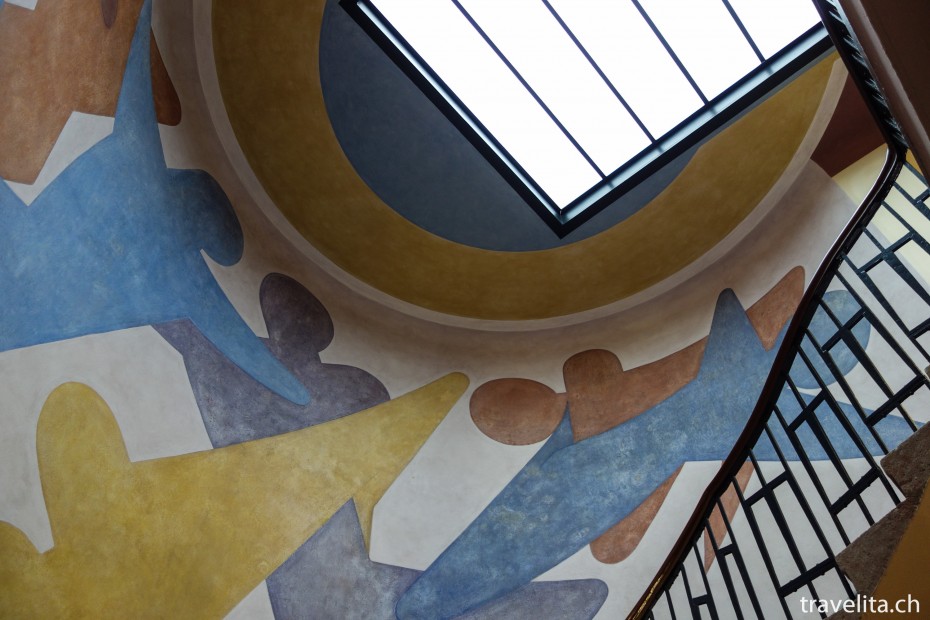
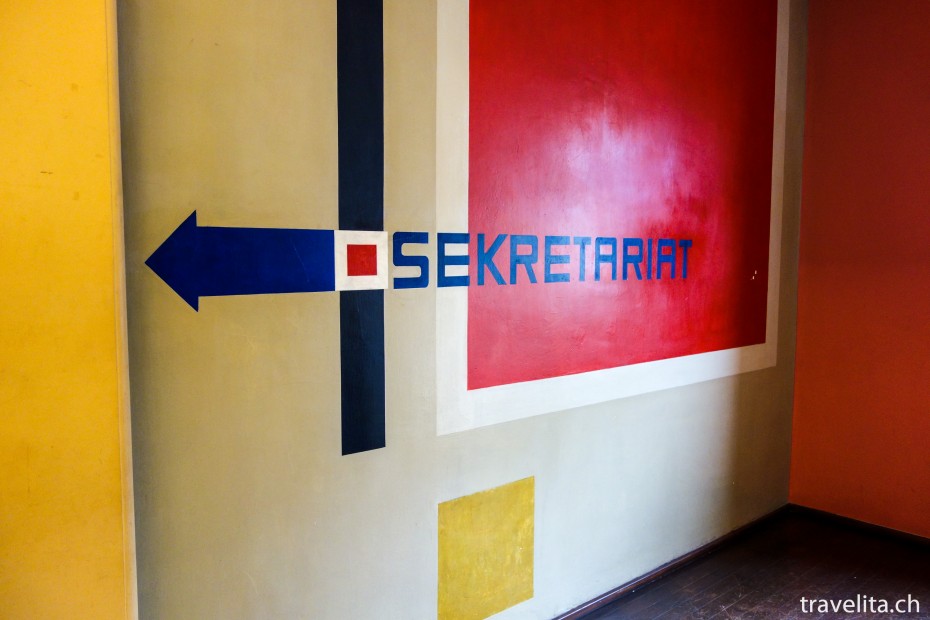
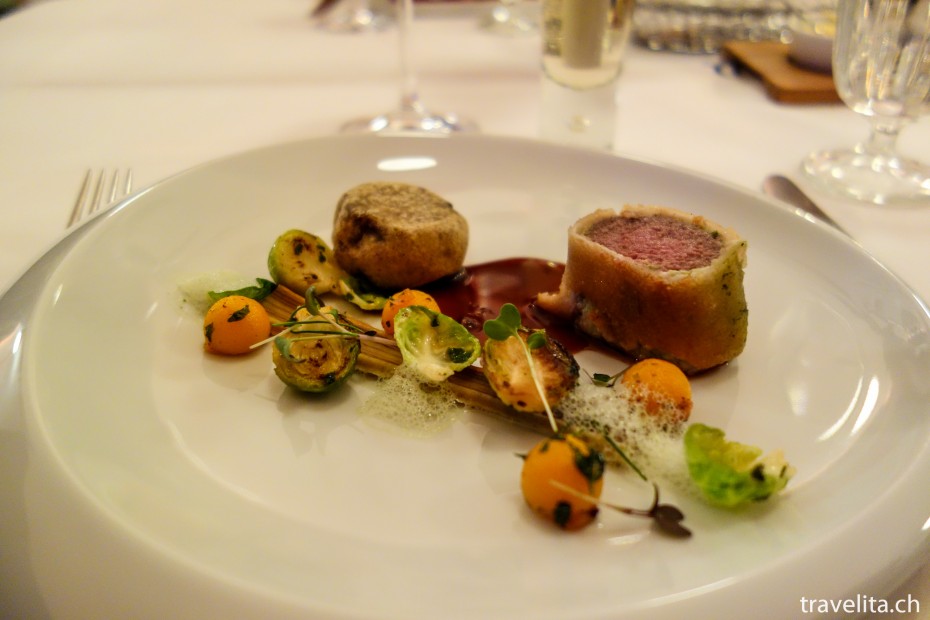
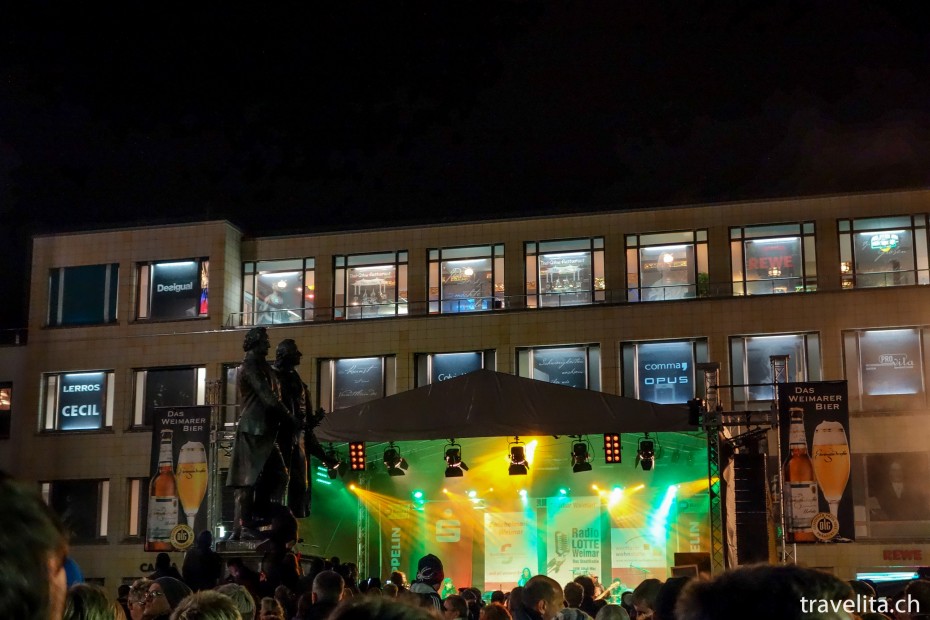
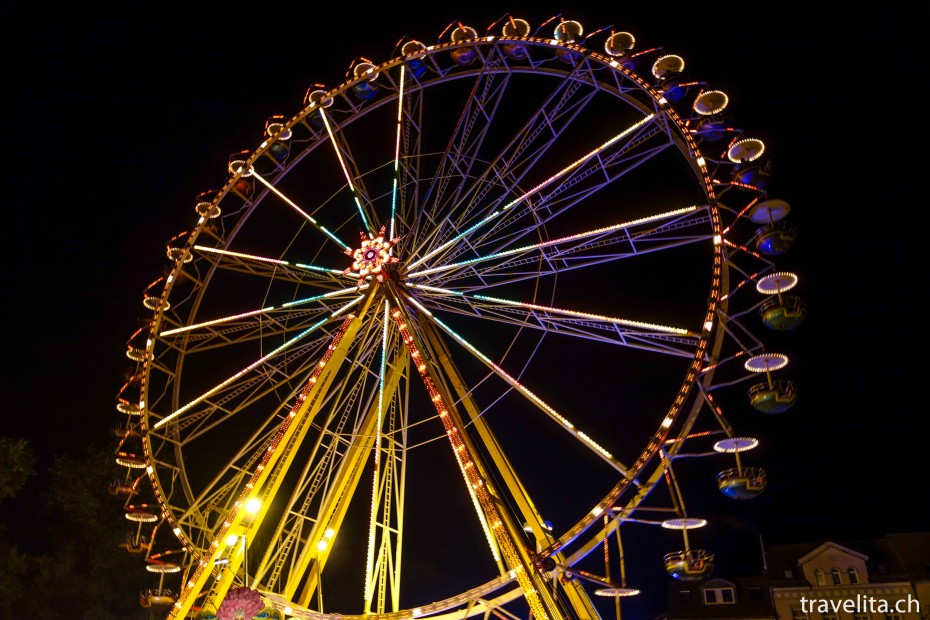



Leave a Reply